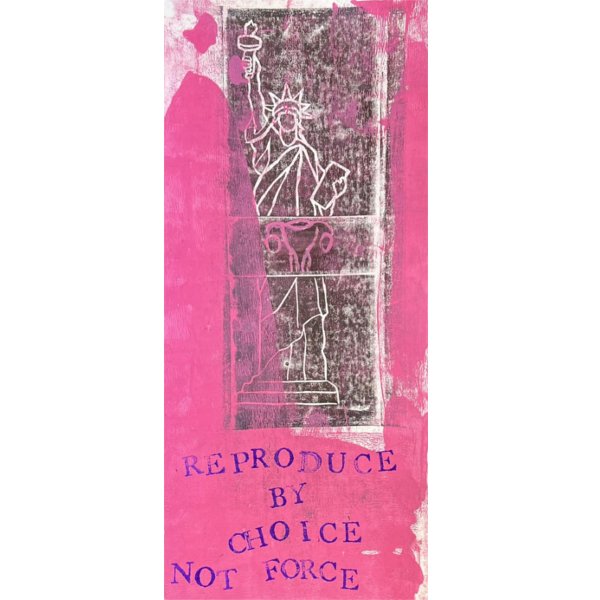Resistance art has long served as a powerful tool for challenging oppression, injustice, and authoritarian regimes. From ancient times to the present, artists have used visual and performative mediums to express dissent, inspire movements, and document the struggles of marginalized communities. The power of resistance art lies not only in its aesthetic value but in its ability to provoke thought, mobilize people, and speak truth to power when other voices are silenced.
In the 1930s and 1940s, artists like Diego Rivera and Käthe Kollwitz used murals and prints to depict the struggles of workers and the poor, challenging capitalist exploitation and fascism. During apartheid in South Africa, visual art, poetry, and theater gave voice to the pain and resistance of Black South Africans. Similarly, in Latin America, during dictatorships of the 20th century, politically charged art exposed state violence and human rights abuses.
The American Civil Rights Movement saw the rise of protest songs, photography, and posters that helped galvanize public support for racial justice. Graffiti and street art have since become modern-day symbols of rebellion, especially during events like the Arab Spring or the George Floyd protests. Artists like Banksy and JR blend aesthetics with activism, using public spaces to call attention to systemic injustice.
Resistance art is not confined to galleries; it thrives in streets, prisons, and digital spaces. It builds solidarity, reshapes public consciousness, and preserves historical memory. Whether carved into ancient temple walls or projected onto skyscrapers, its message endures. Resistance art does not merely reflect struggle—it fuels it, helping to shift political tides and empower those fighting for change. Its legacy is a testament to art’s enduring capacity to resist silence and rewrite the narrative of history.











